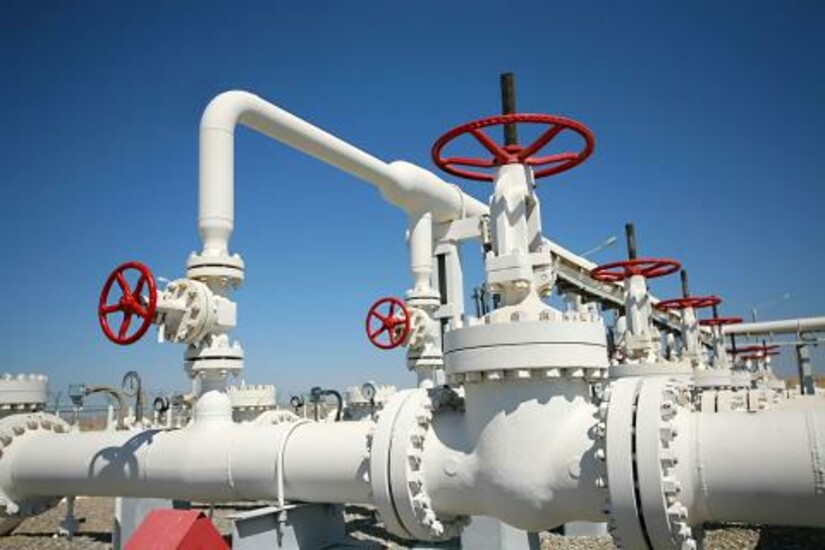A New Tool for Detecting Oil and Gas Pipeline Corrosion
CAMBRIDGE, MA— America’s oil and gas pipelines travel 2.5 million miles through mountains, forests, wetlands and urban areas. Monitoring such a vast network isn’t easy. Nearly half of all pipeline incidents reported in the U.S. since 2002 were caused by malfunctioning equipment, construction flaws and other technical problems—most largely hidden from view and hard to detect.
Historically, pipeline companies in the oil and gas sector use high-tech, complex leak detection systems that measure hydraulic data and count on aerial surveys and other measures to ensure their pipelines work efficiently and safely. All too common is the fact that sensitive technology designed to detect pipeline leaks doesn’t monitor for pipeline corrosion.
“Pipeline corrosion is not a one-dimensional problem and, in all cases, requires a multi-pronged approach for success,” said Eric Balles, Director of Transport and Energy at Draper. “The main challenges in the development of advanced sensing technologies are creating low-cost systems that are rugged enough to survive in oil and gas operations, require minimal human intervention, have low power demands and can be linked using wireless communication protocols. If a pipeline is on track to corroding and becoming critically thinned to the point of being a danger for a breach or leak, you want to know.”
Draper addressed this challenge by developing a new sensing system that features a dense array of low-cost magnetic sensors that can sit directly on a metal pipeline and track changes in a pipeline’s integrity and its defects in a local area over time. The system provides passive measurement of the magnetic field, enabling users to identify and assess corrosion defects that disturb the natural magnetization of steel. Data gathered in the field is communicated to a central command automatically and shared across the organization to security, system management, incident reporting and supervisory control and data acquisition.
Sensing is crucial for the smooth running of modern oil and gas operations. In processing facilities, refineries and transport pipelines, integrity monitoring using a wireless sensor network enables engineers to continuously monitor areas for missing-metal defects. Of particular importance is detecting pipeline integrity in localized areas where the risk of unexpected corrosion rates can be higher because of the pipe’s configuration, such as elbow joints.
The sensors in Draper’s system, called WiSense, are designed for a 10 to 20-year lifetime and require no battery replacement or calibration during this period. Since WiSense is designed to be networked and remotely monitored, the solution builds on Draper’s leadership in sensors and fits into the emerging field of the industrial internet of things, according to Francis Schlosser, Operations Director at Draper.
“The industrial internet of things represents an enormous opportunity for the advancement of industrial technology and improvement of process performance,” said Schlosser. “Many global companies are already transforming their infrastructures to take advantage of the emerging potential and to promote adoption of modern Internet technologies in a range of industrial applications. WiSense is designed for just such a need.”
Draper is testing WiSense on a small scale, and is planning more extensive pilots in 2018. One test involves a multinational oil and gas company that is exploring WiSense’s ability to assess and detect corrosion defects in its pipelines. Draper recently received a patent on the technology and earned top honors at the Boston Patent Law Association’s annual review of the best patents in New England in 2017 as a result of the WiSense engineering team at Draper: Philip Babcock, Richard Berthold, Almir Davis, Donald Gustafson and William Trinkle.
Released November 21, 2017




